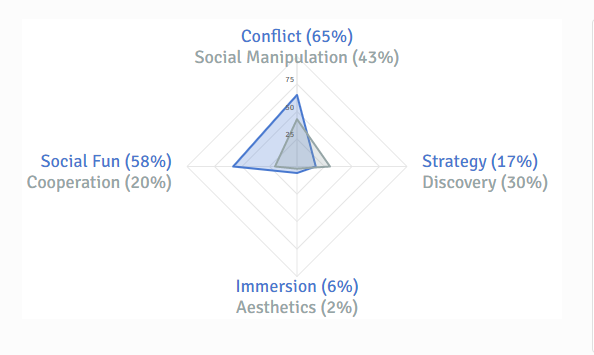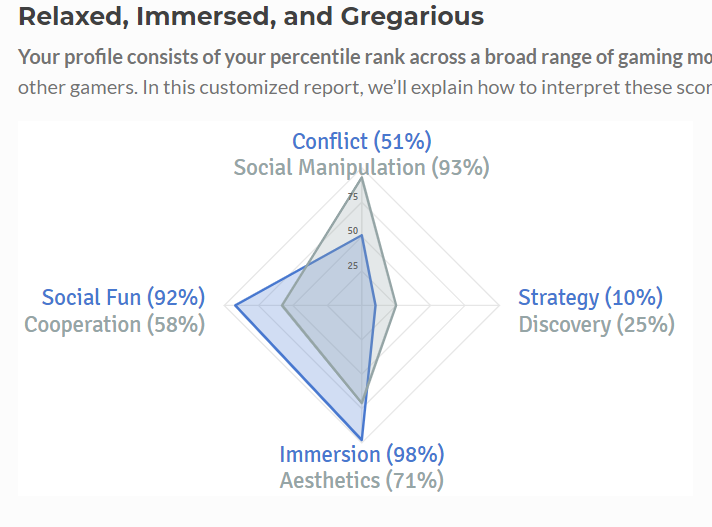This week we played a game in TableTop simulator called “Ladies and Gentleman”, it is a cross between a card and role-playing game. If playing in TableTop simulator the game is already mostly set up, with everything the ladies need on one side of the table and the men on the other side. I played the role of the lady so I can only explain the game from that perspective. On the lady’s side, we run a series of boutique shops and cleverly try to sell and buy nice items so that they can be the best dressed at the ball. After several rounds of visiting different boutique shops and selecting various articles of clothing, jewelry or purses the lady will present her findings to her husband. The husband then decides whether he can afford to pay it or not and tries to make the choice that will benefit the couple the most.
I think the hardest part of the game was strategizing because all the ladies are trying to buy the best things with the end goal of being the best dressed. I had to decide things like do I put the best purse up in my boutique window and hope it distracts the ladies while I go visit another shop or do I put the worst thing in the boutique window so no one comes and I get a discount on my purchases. Sadly, we didn’t get very far into the game before we had to end but from what I witnessed I enjoyed the game very much and would recommend it to my family. It has the potential to be interesting and have funny role-playing once everyone knows how to play and is comfortable in their character.
I think the biggest leadership ties this game has is that it requires strategy, for reasons I mentioned above and because it requires teamwork. Winning the game will be difficult if players cannot communicate effectively and discretely with their partner on the other side of the table. A gentleman signaling to his wife to slow down on the purchases because they are low on funds or to let loose and buy whatever she wants without alerting the other players is key.



